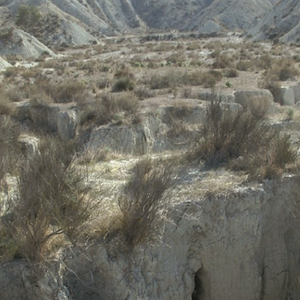Salt-affected soils: field-scale strategies for prevention, mitigation, and adaptation to salt accumulation

Accepted: 31 March 2023
HTML: 81
All claims expressed in this article are solely those of the authors and do not necessarily represent those of their affiliated organizations, or those of the publisher, the editors and the reviewers. Any product that may be evaluated in this article or claim that may be made by its manufacturer is not guaranteed or endorsed by the publisher.
The area of salt-affected soils is increasing globally, mainly due to land use and management malpractices, which can threaten soil health and the sustainability of farms. Climate change is likely to increase the prevalence of salt-affected soils in many agricultural areas due to increased aridity and, in coastal areas, due to the increase in sea water level. The causes and processes that develop salt-affected soils are diverse and can result in soil salinity, sodicity, alkalinity, or a combination of these conditions. There is a need to continuously update strategies to tackle salt-affected soils, finding solutions tailored at different scales. This work presents a review of the current knowledge related to salt-affected soils and identifies specific strategies and related case studies for the prevention, mitigation, and adaptation to salt accumulation in soils at the field scale while addressing their limitations, advantages, research needs, and innovation potential. The presented case studies show that adequate irrigation management and drainage can be used as a preventive measure to counter salt accumulation in soils. Phyto and bioremediation can be effective practices for the mitigation of soil sodicity. Leaching and drainage can be effective measures for mitigation of soil salinity. Crop rotation and management of soil organic matter can be used as adaptative measures that improve plant tolerance to salt-affected soils, while a newer approach, microbial management, shows innovation potential as an adaptative measure.
Edited by
reviewSupporting Agencies
EIP-AGRI Focus Group “Soil Salinisation”, “Water4AgriFood” (Progetto ARS01_00825)How to Cite

This work is licensed under a Creative Commons Attribution-NonCommercial 4.0 International License.
PAGEPress has chosen to apply the Creative Commons Attribution NonCommercial 4.0 International License (CC BY-NC 4.0) to all manuscripts to be published.

 https://doi.org/10.4081/ija.2023.2166
https://doi.org/10.4081/ija.2023.2166



